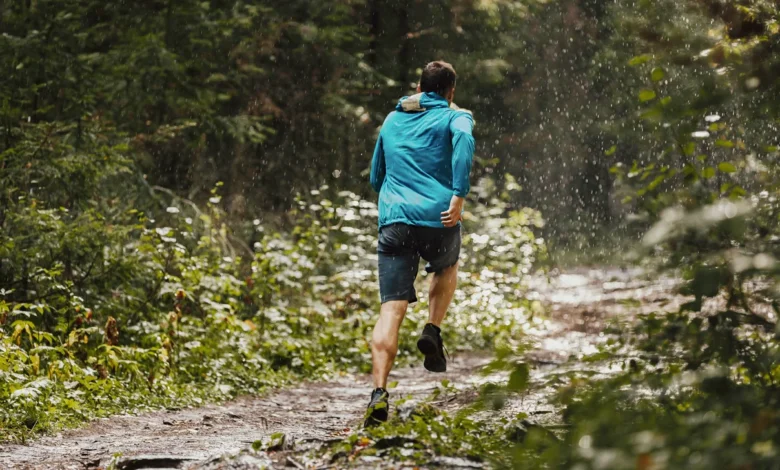6 Trail Running Safety Tips Every Man Should Know

Running is the oldest form of exercise. It is an elevation to running and engages all body parts; thus, it is an effective way to work out. While it is easy for anyone to join, it comes with its share of challenges and can be exhilarating.
Trail running is even more tasking as it involves being in the woods, mountains, and strenuous terrains. So, how can you keep safe during your trail-running expeditions? Read on to find out!
1. Know Your Running Trails
Running on trails is different from walking on pavements. It can quickly turn from being an adventure to a life-threatening situation if you are unaware of the trails. Depending on where you intend to run, your trails may be easy to navigate or an unending loop. If you are on familiar grounds, chances are that you know your way around and may not need maps.
On the other hand, if you are exploring largely forested areas, carrying a map and a route-assisting device will help you navigate more easily. Don’t just carry a map; know how to read it!
2. Get the Right Trail Running Shoes
Trail running is a high-intensity activity that involves your whole body. Unlike regular running, you will need enhanced trail running shoes to help you achieve enough traction and cushioning to keep you comfortable when your feet hit the ground.
Additionally, check the materials they are made from, as this will help you prevent potential injuries and blisters when the feet come into contact with sticks, rocks, and uneven terrains. The best thing is that you can shop for various trail running shoes from reputable stores such as Runners Need.
3. Communicate Your Plans with Someone
Before you set out on your trail run, tell someone where you are going (the routes) and when you intend to return. This is vital, especially if you intend to run alone. It helps you get quick assistance in the event of emergencies.
You can communicate by sending a message to your loved ones or leaving a note before leaving home. If you set out on longer runs into the woods, you should consider getting a GPS tracker so your loved ones can keep track of you even in remote areas.
If possible, you can join a group of trail runners for enhanced safety. Having company makes it fun, safer, and easier to deal with impending danger.
4. Consider the Weather Beforehand
The local weather forecast is an important safety consideration, especially if you will be in remote areas or at higher elevations. If the weather is set to have rain showers, you can wear protective gear such as a raincoat or cover. Other invaluable additions may be long socks and gaiters to keep your feet warm regardless of the time.
When running deep in the forests, consider wearing bright colors to enhance your visibility to other runners, hunters, and explorers. All this helps you achieve a positive trail running experience.
5. Carry A Water Bottle
Running through urban areas means that you are in neighborhoods with convenience stores. You are more likely to find reliable water sources to replenish and hydrate. However, trail running is often deep in the woods, and finding safe water may be troublesome. While there are water sources, the quality may be compromised and home to bacteria and parasites. You wouldn’t want to suffer a gastrointestinal issue during your trail run.
To avoid this, ensure you carry water and nutrition sources, especially if you intend to spend a lot of time on the trails. With technology and innovations, you can quickly get a hydration vest to carry water bottles and other essentials.
6. Know Your Surroundings
Trail running in the woods can be a fun and refreshing environment. Nevertheless, you must be aware that you are on Mother Nature’s turf, which is other animals’ natural home. You may encounter insects that sting, bite, or leaves that cause a rash when in contact with human skin.
To protect yourself, you need to carry some bug spray. This will help you keep off mosquitoes and tiny gnats that may fly into your eyes and ears. Additionally, remember that this is home to snakes, some of which are poisonous. For this, the only thing you can do is to keep your eyes open and know how to manage a snake bite.
Nature is beautiful and is often budding with flowers and plants. Even though most of them are harmless, some, such as poison ivy and oak, are harmful. Your best bet is to know what the plants look like and keep your hands off them. Take photos of the plants and learn about them back at home!
Conclusion
As you can see, trail running doesn’t have to be risky. Adhering to the above tips and strategies can protect you from injuries and the environment. Being ready and in the right gear ensures that you make the most of your trail running expedition, thus making it a success. Have fun running on the trails!




